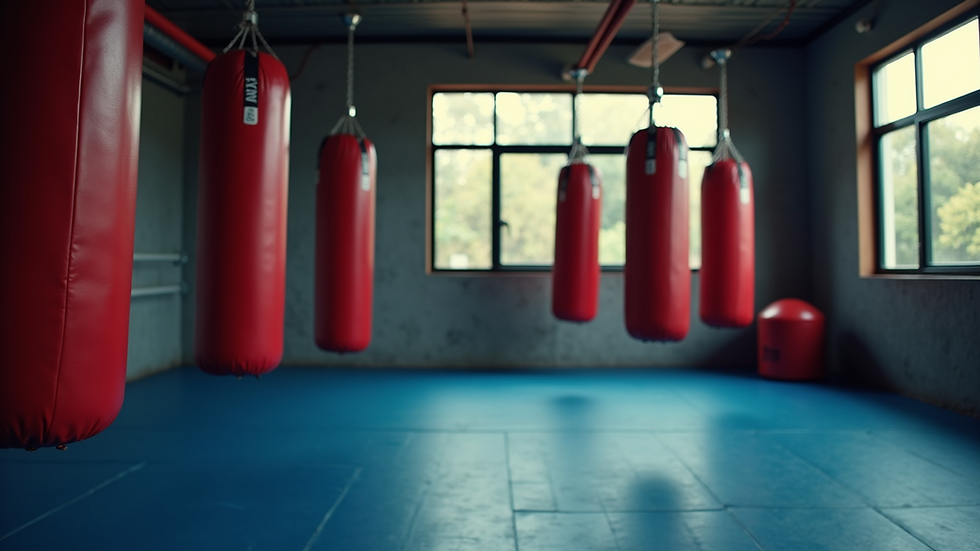Energy Systems in the Body for Athletes
- Liam(Boss)
- Feb 2, 2023
- 2 min read
As athletes, our bodies rely on various energy systems to perform at our best. These systems include the aerobic and anaerobic systems, which are responsible for providing the energy needed for different types of physical activity.
The aerobic energy system is the primary energy source for activities that are low to moderate in intensity and last for more than two minutes. This system uses oxygen to convert glucose and fatty acids into energy. During aerobic activity, the body's muscles are supplied with a steady flow of oxygen, allowing them to perform for extended periods of time. This is the energy system that is active during long-distance running, cycling, and swimming.
On the other hand, the anaerobic energy system is used for activities that are high in intensity and last for less than two minutes. This system does not require oxygen to produce energy and instead relies on the stored energy in the muscles, known as glycogen. This energy system is active during activities such as sprinting, weightlifting, and high-intensity interval training (HIIT).
It's important to note that both energy systems are active during physical activity, but the intensity and duration of the activity will determine which system is dominant. For example, during a marathon, the aerobic energy system is the primary source of energy, while during a 100m sprint, the anaerobic energy system is the primary source.
Athletes need to train both their aerobic and anaerobic energy systems to perform at their best. Aerobic training, such as long-distance running or cycling, improves the body's ability to use oxygen and burn fat for energy. Anaerobic training, such as weightlifting or sprinting, improves the body's ability to store and use glycogen for energy.
In conclusion, the body has two energy systems that are active during physical activity, the aerobic and anaerobic systems. The intensity and duration of the activity determine which system is dominant. To perform at their best, athletes need to train both energy systems by doing both aerobic and anaerobic exercise.





Comments